Johannes Linn served as the global facilitator of the first replenishment of the Green Climate Fund.
The Green Climate Fund (GCF) was set up by the United Nations Framework Convention on Climate Change (UNFCCC) in 2010. It is the premier multilateral climate finance organization and represents a critical element in the compact between developed and developing countries to address climate mitigation and adaptation challenges in the developing world in support of the Paris Agreement. In 2014, member countries pledged $10.3 billion for the first five years of GCF operations. But only about $7 billion were received, since the U.S. paid just $1 billion from its original pledge of $3 billion, and since major contributor currencies had depreciated against the dollar. With most of the funds committed by the end of 2019, replenishment of the GCF became an urgent necessity.
The GCF Board approved the first replenishment on November 14, 2019, with pledges by contributing countries amounting to $9.8 billion. With the benefit of a few months’ distance, one can now consider the significance of this outcome, the key factors that helped bring it about, what challenges the GCF faces in the future, and what lessons can be learned from this replenishment for subsequent replenishment efforts.
A good outcome
This first replenishment of the GCF was rightly hailed as a success, especially in relation to initial expectations. Early in the consultation process the U.S. and Australia had indicated their intention not to pledge. Therefore, if all other contributors had merely repeated their pledges of the initial resource mobilization round in domestic currency terms—and allowing for exchange rate changes—only $6 billion would have been raised. Against that benchmark, $9.8 billion is a great achievement for the remaining contributors, almost 80 percent of whom increased their contributions, with half of them at least doubling their contributions. And since the first replenishment period covers four years, the GCF will be able to double its average annual program commitments in developing countries compared to the initial five years of its existence.
This outcome is especially encouraging since the outlook for the first replenishment was clouded by a difficult track record of the GCF in its early years. It was hampered by a cumbersome, strictly consensus-based decisionmaking process that resulted in new project commitments stalling in 2018. And it lost two executive directors in succession during the initial five years. Confidence in the GCF among many of its members was therefore at a low when the replenishment consultation started in November 2018. During the April 2019 replenishment meeting in Oslo, the representative of one large contributor country even postulated that the likely range of the replenishment would be only $3-5 billion. So what explains the turnaround?
Factors explaining the remarkable turnaround in support for the GCF
The GCF replenishment clearly benefited from the high-level focus on climate issues in 2019, including the U.N. Climate Action Summit in September. Moreover, GCF governance experienced a thorough transformation during 2019. The GCF Board agreed in July to reform its decisionmaking system by introducing a qualified majority voting process. As a result, the Board approved a record $1.1 billion in new project commitments for 2019.
The turnaround was also due to the effective management of the Board and its interaction with the replenishment by the two co-chairs of the Board during 2019. The energetic engagement by the new executive director—appointed in April 2019—provided a further strong impetus. But most importantly, the successful replenishment outcome was made possible by strong commitment to climate action by many contributor countries—led by an early announcement by Germany and Norway during COP24 in December 2018; followed by the U.K., France, and Canada at the G-7 Summit in July 2019; and later joined by 11 more countries during the U.N. Climate Action Summit in September 2019. Further success factors were the strong advocacy of the U.N. Secretary-General and the readiness of developing countries to join the global battle against climate change.
Challenges going forward
While the first replenishment of the GCF has rightly been hailed a success, it by no means meets the financing requirements for effective climate action. More resources will have to be raised by the GCF in the coming months and years. A high priority will be to bring the U.S. and Australia back to the table, along with other developed countries that so far have not pledged, or pledged below what would be expected given their contribution to climate change (e.g., Canada). Moreover, the GCF should aim to attract contributions from more emerging market economies.
Equally important, the GCF will have to demonstrate its effectiveness in pursuing the ambitious institutional agenda that contributors recommended under the replenishment for the GCF’s next strategic plan currently under preparation. This plan will need to show that the GCF serves as a strong partner to recipient countries and their implementing agencies, as a partner to multilateral and bilateral agencies working on climate change, and thus as an effective catalyst of scaled-up climate action around the globe.
In preparation for its next replenishment process—likely to start in mid-2022—the GCF will have to (i) lay out a clear longer-term vision of its ambition for its contribution to climate finance and how it fits into the broader climate finance architecture, (ii) explore a more systematic approach to burden-sharing among contributors, (iii) develop an effective sequencing of Board and replenishment processes, and (iv) assure that developing country concerns are reflected in the replenishment process and outcome.
Lessons from the first GCF replenishment process
Four lessons stand out:
- It helps to have a “burning platform”—the urgency of climate action was highlighted during COP24 and the Climate Summit in September 2019.
- The championship by key countries is critical—European nations took a clear lead during the first replenishment.
- Decisive leadership of the replenishment process is essential—the co-chairs of the GCF Board and the new executive director played a key role.
- The GCF will have to demonstrate effective allocation and delivery of climate finance—this is the most important factor for the success of future GCF replenishments.
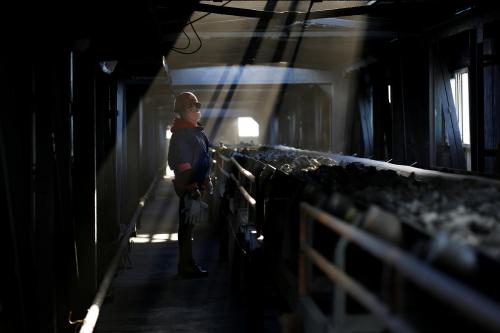
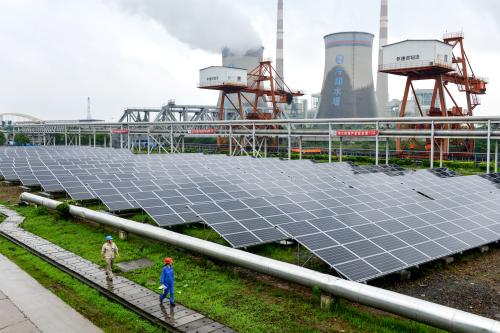
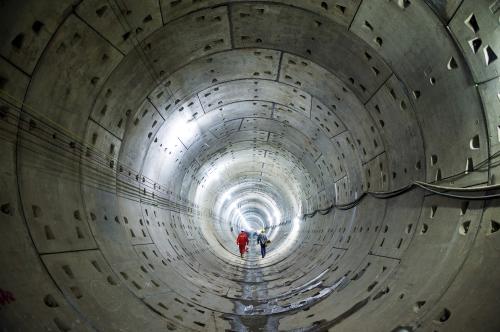

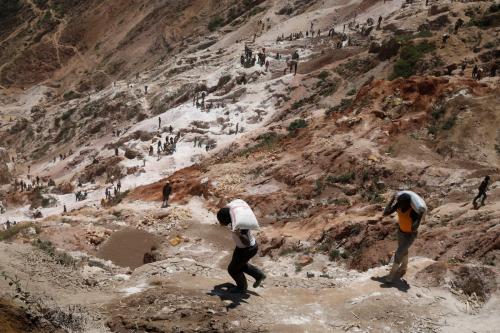
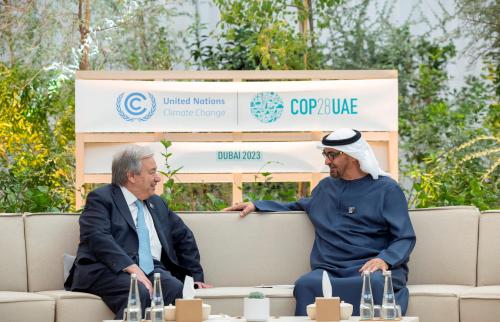
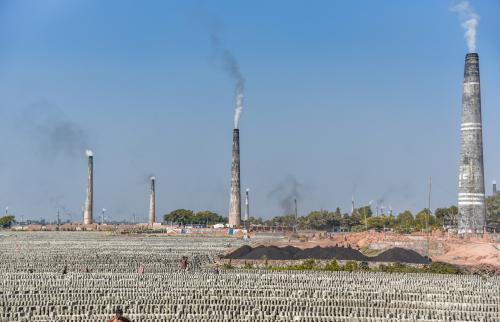
Commentary
Mobilizing funds to combat climate change: Lessons from the first replenishment of the Green Climate Fund
February 18, 2020